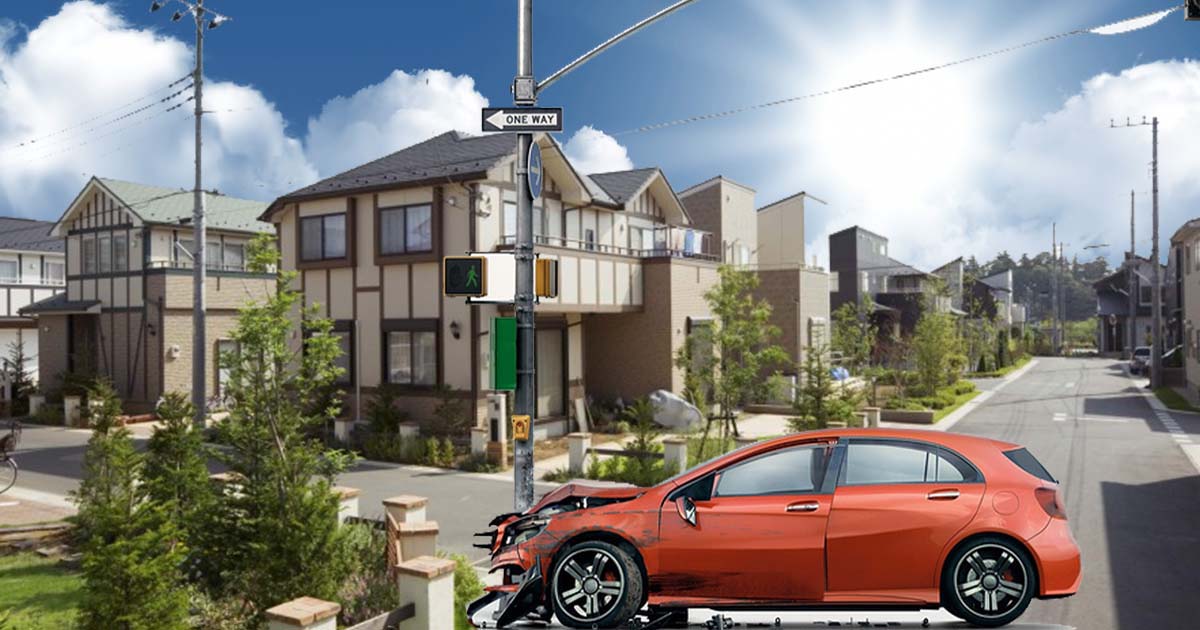What’s the Average Insurance Payout for Hail Damage? – 2025 With more hailstorms happening every year, damaging cars & leaving car owners with these expensive repair dilemmas.
Unpredictable weather patterns throughout the country have led to an increase in hail insurance claims — a double-whammy for the insurance industry and the consumer.
The entire ordeal of insurance claims for hail damage becomes an exasperating process for many drivers, filled with unforeseen obstacles, delays, and amendments to the payout amount.
The biggest thing for car owners is the ambiguity of the insurance payout. And even with full coverage, which typically comes with hail damage coverage included, an insurer may undercut the claim, suggest that the damage was done beforehand or pay out only what it costs to make repairs.
Adjusters evaluate damage in a dot-matrix way by factoring in the size of any dents or cracks or shattered glass and how it gets repaired but there’s still a vast range of payouts between individual policies. There are two types of damage vehicles receive cosmetic damage and structural harm.
Know How Insurers Determine Payouts: Insurers have their own methods for determining how much you should be compensated. Hangars can be repaired for thousands of dollars, and the cost of repairs, the cost of the deductible, and the value of the car are all added up to determine final payment totals.
If it would cost more than, say, 70% of the value of a car to repair it, then insurers may write it off and leave the owner to accept either what the car was worth before the accident (minus depreciation) or buy back their scrap with a scrap title.
What may prove beneficial to policyholders throughout this process is proper documentation, expedience in filing, and, in instances where necessary, negotiation with adjusters.
Using a couple of cost-effective tricks, car owners can leverage a higher insurance payout and ensure they are not left with paying for expensive repairs out of pocket directly after a damaging hailstorm.
Understanding Hail Damage and Its Effects on Vehicles
Hail damage is not uniform, and the effect can be as minor as a few light cosmetic dents or structural damage across the entire vehicle. These minor dents and other imperfections might look harmless, but they can lower the resale value of a car, and when the time comes to sell the car, it might be a big deal for potential buyers.
If the hail damage is terrible, for instance, cracked windshields, broken side mirrors, and deep body panel dents, it makes the car unsafe and inoperable. If not dealt with, hail damage will get worse. Metal surfaces that are exposed to moisture inevitably rust and corrode, and the paint can chip off due to dents.
This wear and tear not only makes the vehicle less structurally sound but also drives up long-term repair costs. Sometimes, the damage is so extreme that it is considered unroadworthy and even declared a write-off by insurers. The condition and market value of a vehicle must be preserved through appropriate evaluation and timely correction.
The Role of Comprehensive Insurance in Hail Damage Claims
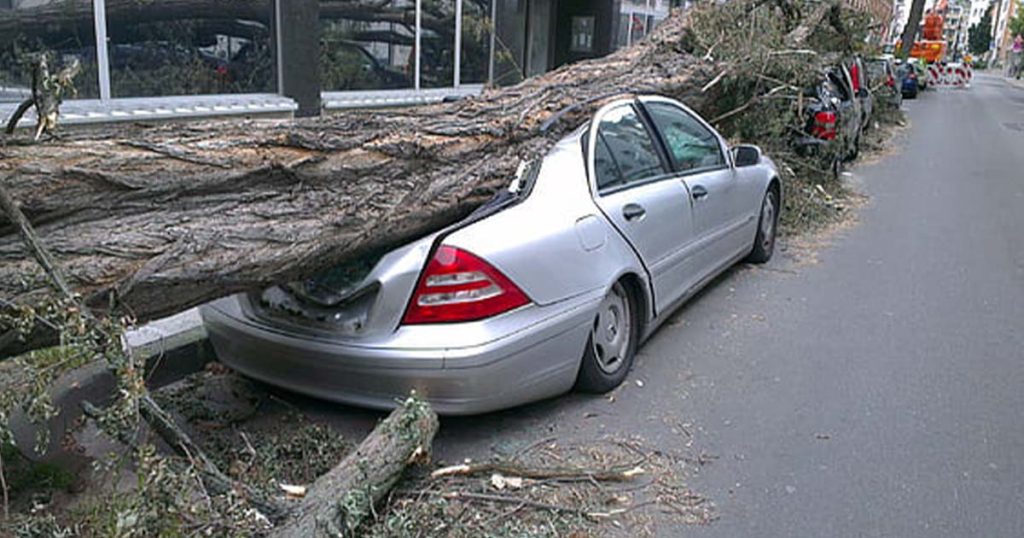
The most common hail damage coverage is comprehensive insurance, covering hail damage as a non-collision incident such as extreme weather.
Unlike collision coverage, which only comes into play when your vehicle strikes another car or object, comprehensive insurance protects explicitly against hail damage, making it a smart purchase for car owners who live in areas prone to hailstorms. The owner of such a vehicle must cover the entire cost of repairs if they do not have comprehensive coverage.
Costs vary widely and depend on the extent of the damage, from a few hundred dollars for minor dents to thousands for substantial repairs, including windshield replacement and bodywork. Hail damage can be an expensive financial burden for those who don’t have the right coverage.
How Insurance Companies Calculate Hail Damage Payouts
Insurance adjusters follow a set procedure to assess hail damage claims, beginning with assessing the vehicle for damage. It is economically efficient based on the damage assessment based on the repair cost, expenses, and availability of required prices.
As long as the vehicle is deemed roadworthy and the necessary repairs are economically viable, the insurer pays for any such repairs, less the policyholder’s deductible. But, if the cost of repair is more significant than a pre-set percentage typically 70% to 80% of the car’s actual cash value the insurer may deem the car a total loss.
In that case, the policyholder gets a payout based on the car’s market value before the storm, less the deductible. The owner can repurchase the car as a salvage title if he wants to keep it, given that the car has been repaired, but he may never be able to resell it or insure it again.
Average Insurance Payout for Hail Damage in 2025
Factors such as the region, extent of the damage, and value of the vehicle will influence the average insurance payout for hail damage. On a national level, most payouts fall between $2,000 and $6,000 enough to cover everyday repair needs like removing a dent, replacing a windshield and restoring paint.
However, this amount can vary greatly depending on how badly damaged the locations are and regional weather patterns. In states where hailstorms are more common and more damaging notably Texas, Colorado, Kansas and Nebraska payouts tend to be larger, sometimes exceeding $10,000 from extensive damage.
Insurance providers in these regions factor in the increased risk, resulting in more significant claim amounts but possibly more expensive premiums, too. Vehicles with advanced safety features, specialty paint jobs or luxury pieces may also yield bigger paychecks because of more expensive repairs.
Recognizing these differences butterflies the policyholders to have a realized expectation when they go for a hail damage claim.
The Claim Process: Steps to Follow for Maximum Compensation

With this in mind, vehicle owners should be sure to document the cosmological damage to the car with high-quality, high-resolution images taken from multiple angles so the insurance process can go smoothly. Close-ups of dents, cracked glass, and paint damage help supply hard evidence for the insurance adjuster.
Insurers can lowball the claim, and getting multiple estimates from reputable (not lowball) auto shops helps with this. Quotations from different workers where you compare workers among them give you a similarity to get a tolerable assessment.
It’s critical to file the claim promptly, as delays can create disputes and even claim denial. Reporting quickly can facilitate the process and, therefore, the likelihood of getting compensated fully and fairly.
Common Reasons Claims Get Denied or Reduced
Insurance companies are known to examine hail damage claims closely, and a number of reasons can result in denials or reduced payments.
Claims that are filed late can raise red flags; insurers may contend that the damage grew over time or resulted from another incident. Filing right away alleviates any suspicion and creates a path of least resistance.
Lack of evidence is another frequent problem. Insurers can under-value or deny a claim if policyholders do not submit clear photographs, detailed repair estimates or a comprehensive damage report by third parties. The best way to validate hail damage is with solid documentation.
Disputes over pre-existing damage also affect claim approvals. If the insurer believes dents or scratches were present before the hailstorm, it may lower or deny the payout. Keeping detailed records of the car’s condition before the storm can help in defending such disputes.
How to Maximize Your Hail Damage Insurance Payout
Hail Damage Insurance Payout: How To Maximize Your Claim Insurance adjusters are representatives of the insurer, so policyholders should scrutinize their assessments and challenge unfairly low estimates.
However, multiple repair quotes and stressing exactly how significant the damage is can help a claim. In cases where negotiations are stalled, hiring a public adjuster can be a beneficial move.
Public adjusters operate independently and represent policyholders to help ensure they receive fair compensation according to their policy coverage. So you pay a percentage of the final settlement, but their expertise means payouts often outstrip what they’re charging you.
Another advantage of being aware of encoding in an insurance policy is that it helps the advice in understanding coverage amount, limits and exclusions, which is helpful before accepting the final claim offer; claimants can dispute with the insurer regarding discrepancies in the payout offer.
The Role of Paint less Dent Repair (PDR) in Hail Damage Claims
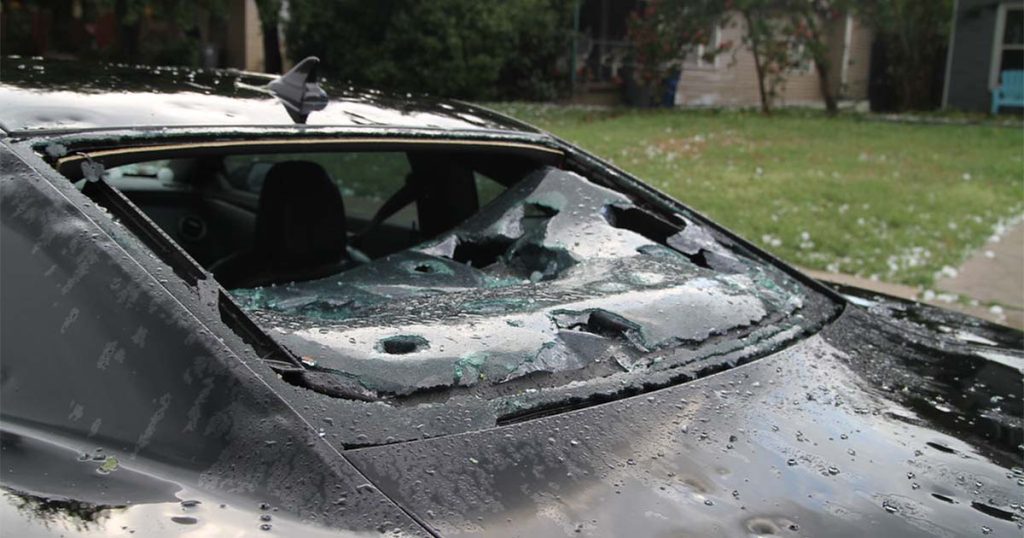
The reason is that Paintless Dent Repair (PDR), a well-known process used to repair hail damage, opened up more damages to factory paint being kept on original panels while being substantially lower cost than any bodywork needed.
Technicians then use specialized tools to massage the dents out of the vehicle’s panels from behind, smoothing out the surface without using fillers or repainting, as is done in conventional collision repair.
This is why PDR is favored among insurers, as you can potentially solve the problem at a remarkably lower cost sometimes up to 50% or more than traditional repairs.
Moreover, PDR is a cost-effective alternative to traditional body shop repairs that may take longer to complete. In cases of lousy hail damage like cracked paint or deeply dented areas traditional repairs might be needed.
Does Your Location Affect Your Payout?
Some states, such as Texas, Colorado and Kansas, experience regular, intense hailstorms and have higher insurance payouts for hail storm damage. In these high-risk areas, insurers factor in higher chances of damage, which sometimes results in higher claim settlements to cover repairs that are often extensive.
Payouts can top $10,000 in some instances, especially after severe storms that damage cars in large numbers.
Conversely, metropolitan regions may have marginally lower compensation due to proximity to repair shops, pricing competition, and budget options, such as PDR (Pointless Dent Repair). Payouts in rural areas, where repair services are less widely available, might be higher to cover material and bulk costs.
Finally, the data used at a regional level is as essential as it can lead to higher or lower final settlement amounts, which can depend on the geographical location of the policyholder.
The Impact of Policy Limits and Deductibles on Your Claim
Deductibles and policy limits have a direct effect on what an insurer pays for hail damage. A higher deductible means that the policyholder needs to pay more in out-of-pocket claims before the insurer pays the rest of the cost.
With a $1,000 deductible on a $4,000 repair bill, for example, the insurer pays just $3,000, lowering the overall payout. A policy limit is a cap on how much the insurance company will pay for individual claims or a series of claims.
In other words, if hail damage is higher than policy limits, then the insured bears responsibility for the remainder. Understanding these aspects allows vehicle owners to set reasonable expectations and opt for coverage that offers sufficient protection.
Can You Repair Hail Damage Without Insurance?
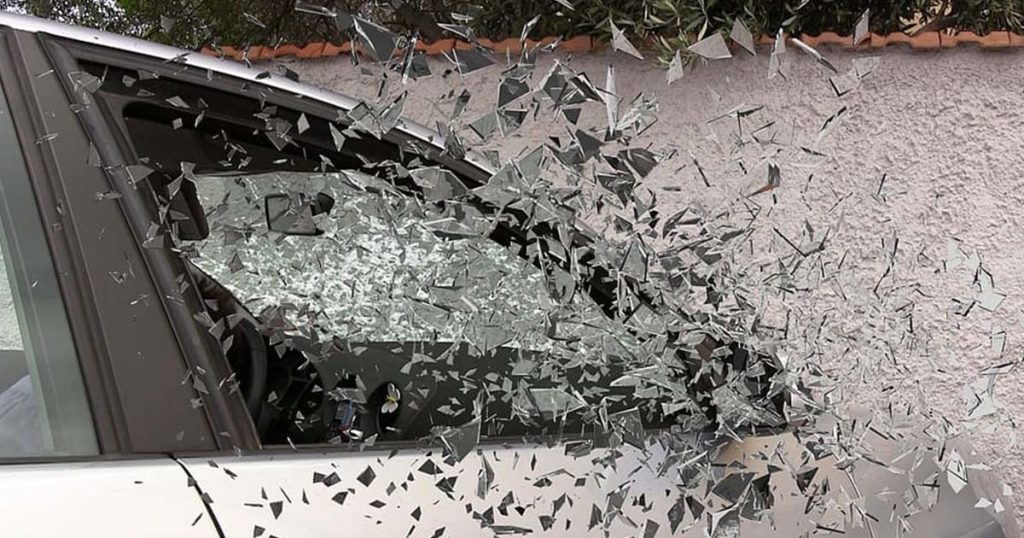
For minor hail damage, DIY techniques like a hairdryer, dry ice, or suction to remove minor dents might be helpful. These techniques ideally work for shallow, non-creased dents where the paint is not broken.
However , the results can be hit or miss, and unstated efforts can compound the problem. If it’s a large field of damage, professional repairs are your best bet. Pintless Dent Repair (PDR) is best for retaining the car’s original finish, but deep dents or cracked paint must go through traditional body repair.
Windscreen replacements or rally-panel repairs may be necessary for heavy damage, so expert assessment is needed to restore the vehicle properly.
The Role of Auto Dealerships and Repair Shops in Claims
In short, the repair shop you choose matters especially if you want quality repairs and the highest insurance payouts. Trained professionals will utilize appropriate methods, including Pintless Dent Repair (PDR) or complete panel swaps, to repair the car without doing a low-quality patch job.
Collaborating with trusted body shops also allows us to help prevent insurers from undervaluing claims. Some insurance companies might steer you to lower-cost repair shops that use bottom-of-the-barrel materials or don’t make complete fixes.
Consumer Reports states that finding a certified and well-reviewed repair shop can provide the policyholder with the confidence of knowing that the work done to the vehicle is up to industry standards, in addition to solid documentation of the work, which in turn can enhance their claim and strengthening their position in the event of a dispute.
When Is a Hail-Damaged Car Considered a Total Loss?
If hail damage repair costs amount to 70% – 80% of a vehicle’s actual cash value (ACV), an insurer could deem it a total loss instead of paying for repairs. This is a financial viability decision: If the cost of repairing the car is, essentially, nearly equivalent to replacing it, the insurer will pay out instead.
For total losses, the policy pays the owner a settlement based on the vehicle’s market value immediately before the best loss, less any deductible. If they decide to keep it, they may end up with a salvage title, which can hurt resale value and complicate future insurance coverage.
Familiarity with these aspects allows vehicle owners to have more clarity while dealing with hail damage claims.
Can You Sell a Hail-Damaged Car After an Insurance Payout?
You can sell a hail-damaged car, but the resale value plummets if the damage is severe. Cosmetic dings might only cause a slight price drop, but an ugly, cracked windshield, a deep dent, or anything structural could make it much less appealing to buyers.
However, a certain kind of buyer specifically searches for hail-damaged cars. Or, they’re going to pay that low sort of money so that they can, at that point, fix it themselves or get a car that they can sell for the best value after it’s repaired.
In such a case, selling the car could be a sensible enough solution to avoid expensive repairs or hassles with an insurance company. However, dealerships, salvage yards and private buyers might give less than market value.
The Future of Hail Damage Insurance Trends in 2025
As the technology push continues with automotive evolution, newer materials and self-healing coatings might cut down on hail damage claims in the future.
No dents or worse are all part of the appeal of impact-resistant alloys, flexible body panels, and nanotechnology coatings that can prevent or even reverse minor dents, which are new developments being explored by manufacturers. These new technologies aim to increase a vehicle’s ability to withstand hail storms, resulting in lower repair costs and fewer insurance claims.
If there are fewer claims than ever, insurance companies may be able to change their policies, which might result in premiums dropping for cars with advanced hail-resistant dorms. However, these technologies may also lead to higher sticker prices, and insurers might offer discounts only on certain vehicles that meet specific durability standards.
As these materials become increasingly ubiquitous, they have the potential to change how insurers gauge hail damage risk fundamentally.
Are Premiums Increasing Due to Hail Damage Claims?
In areas where severe impending hailstorms are possible, claims for hail damage have increased, which has inflated auto insurance premiums. States such as Texas, Colorado and Oklahoma see regular, expensive storms, and insurance companies have to raise rates to cover costly claim payouts.
But with skyrocketing repair costs, some insurers are attaching higher deductibles for hail damage or instituting broad tiers for comprehensive coverage in hail-prone markets. Policyholders in such areas may deal with more generous claims procedures or limits on coverage, so you should again look closely at your policy details.
What we see in this rise in premiums is the toll extreme weather takes on the insurance industry and those who use their services.
Hail Damage Coverage in Rental and Leased Vehicles
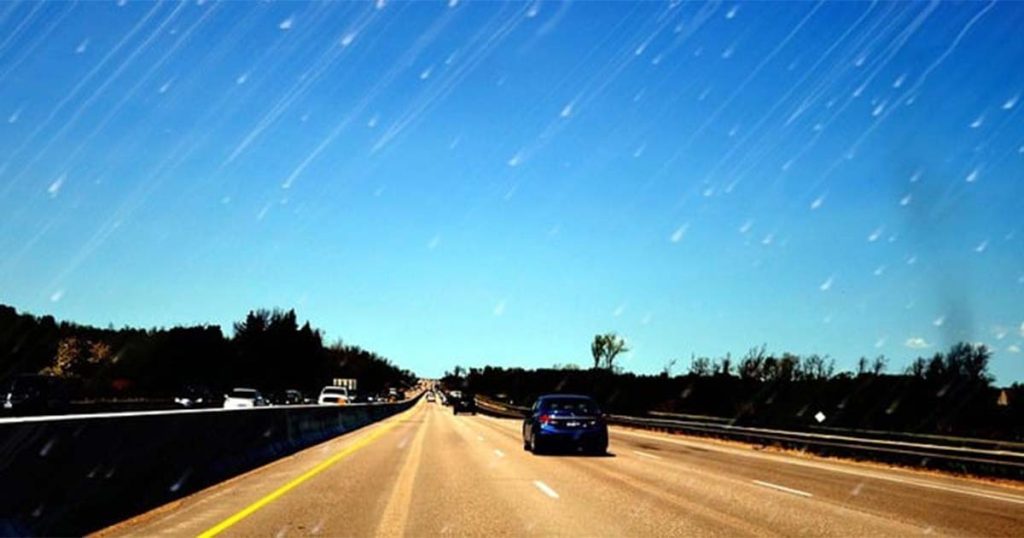
Rental car companies often need a little extra coverage to protect the car from hail damage because standard rental agreements will often not include comprehensive protection. Renters with insufficient coverage may wind up having to pay for repairs out of pocket or otherwise be financially on the hook for damages when they return the vehicle.
Some credit card companies offer rental insurance, though policyholders should check to see if hail is covered. For leased cars, the lessee is typically responsible for all repairs, including those due to hail damage.
Lease contracts typically require you to return a car in good shape, which means even tiny dings need fixing before the lease expires. Not addressing the damage can lead to penalty fees or a reduced trade-in value.
Alternative Insurance Options for High-Risk Areas
In reply, as such instances strain payments, insurers will provide tailored hail damage insurance or modify deductibles to combat increasing premiums. These policies may include higher deductibles for hail-related claims, meaning policyholders would be responsible for more of the cost before any coverage would apply.
That lowers monthly premiums but may make filing a claim less worth it for minor damage. Some insurers offer weather-specific endorsements or separate storm coverage, particularly in hail-prone areas.
Conclusion
Hail Damage Insurance Payouts: A Car Owner’s Guide. Most importantly, find out how to maximize what your insurance will pay and what will cost you the least. Insurance policies vary, and factors like deductibles, the extent of the damage, and the potential hit of a total loss all play into the eventual outcome.
By knowing how an insurance company calculates damages and how an insurance company determines payout, policyholders don’t get blindsided and will receive fair settlement amounts.
Reviewing their insurance policies regularly can help motorists pinpoint the gaps in their coverage. Choosing full coverage with a reasonable deductible can be imperative for protecting your vehicle, particularly in hail-prone areas.
Some insurers offer weather-specific endorsements that can help lower costs or improve payout terms, as well. Preparing for storm season is no less critical. Parking in covered spaces, using hail-deflecting vehicle covers and staying alert for severe weather notifications can reduce damage.
By taking preventive measures and learning about available insurance coverage, vehicle owners can forfeit the disastrous cost of hail damage.
<script type="application/ld+json">
{
"@context": "https://schema.org",
"@type": "BlogPosting",
"mainEntityOfPage": {
"@type": "WebPage",
"@id": "https://cardsinspired.com/the-average-insurance-payout-for-hail-damage/"
},
"headline": "What’s the Average Insurance Payout for Hail Damage? – 2025",
"image": [
"https://cardsinspired.com/wp-content/uploads/2025/03/Whats-the-Average-Insurance-Payout-for-Hail-Damage-%E2%80%93-2025.jpg",
"https://cardsinspired.com/wp-content/uploads/2025/03/Whats-the-Average-Insurance-Payout-for-Hail-Damage-%E2%80%93-2025-1-1024x538.jpg",
"https://cardsinspired.com/wp-content/uploads/2025/03/Whats-the-Average-Insurance-Payout-for-Hail-Damage-%E2%80%93-2025-3-1024x538.jpg",
"https://cardsinspired.com/wp-content/uploads/2025/03/Whats-the-Average-Insurance-Payout-for-Hail-Damage-%E2%80%93-2025-5-1024x538.jpg",
"https://cardsinspired.com/wp-content/uploads/2025/03/Whats-the-Average-Insurance-Payout-for-Hail-Damage-%E2%80%93-2025-4.jpg",
"https://cardsinspired.com/wp-content/uploads/2025/03/Whats-the-Average-Insurance-Payout-for-Hail-Damage-%E2%80%93-2025-2.jpg"
],
"author": {
"@type": "Person",
"name": "cardsinspired.com",
"url": "https://cardsinspired.com/"
},
"publisher": {
"@type": "Organization",
"name": "cardsinspired.com",
"logo": {
"@type": "ImageObject",
"url": ""
}
},
"datePublished": ""
}
</script>